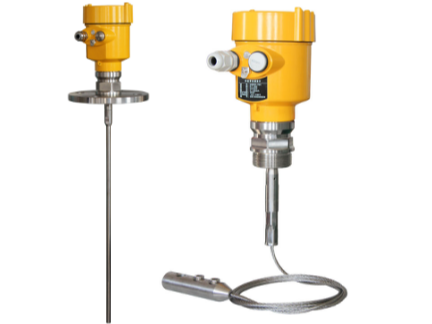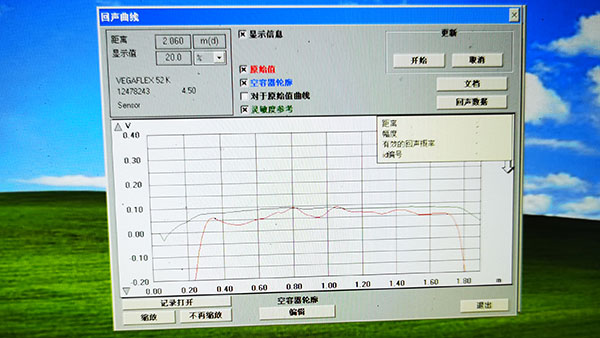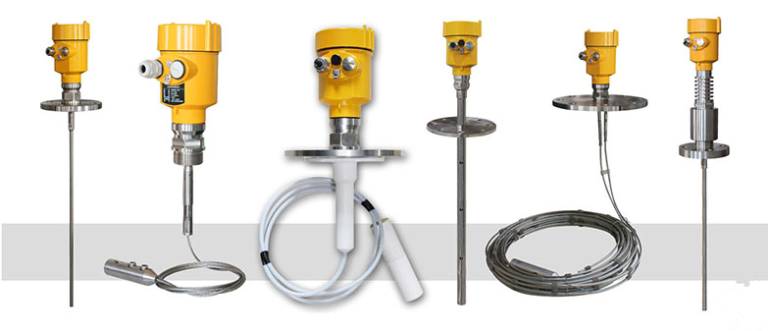Although not as widely used as non-contact radar level meters, guided wave radar level meters can occasionally be seen in all walks of life. Therefore, it is very necessary and crucial to understand the common faults of guided wave radar level meters as well as clear inspection ideas.
Radar level meter faults can basically be seen on the display. Among the most common faults are the following.

Firstly, pulling a straight line without any change in the measurement data.
Secondly, frequent jumps occur and the measurement data fluctuates greatly.
Third, the measurement is abnormal and the data shows a waveform.
Fourth, the measurement data waveform keeps appearing flat-topped.
Fifth, two peaks appear in the measurement data.
Sixth, there is no measurement data at all.

For these common faults, where do we start to check the cause of the fault?
Firstly, start with the software of the guided wave radar level meter, check the parameter settings, and view the echo curve. See if the problem can be solved by debugging.
Secondly, start with the hardware of the guided wave radar level meter. Remove the unit and check the components to see if there are any adhesions on the detection assembly. Check the connections to see if the plugs are loose between the wave-guide head and the meter core, if the detection assembly is loose from the top linkage, etc.
Again, check the tank or waveguide tube to see if there is an obstruction inside the tank or if the inner wall of the waveguide tube is not smooth, affecting the measurement data.
Finally, check the power supply. See if there is poor contact with the power supply, water in the power supply unit, shorted wires, etc.

Guided wave radar level meters, like all instrumentation, can have major or minor problems after a long period of use or if they are not installed correctly and in place. For these problems, it would be more than appropriate if we could avoid them at the source. Very often, however, faults with radar level meters occur during use. In view of such sudden failures, it is advisable for the person concerned to learn more about ways of finding accidents and solving them so that, even if a fault occurs, it can be quickly resolved, both to minimize production losses and to prevent danger.
There are common faults with guided wave radar level meters and common faults with non-contact radar level meters. When you have free time, you can learn more about it. But specific problems, to specific analysis, do not theorize.
